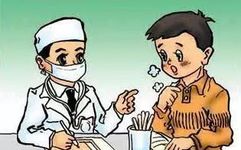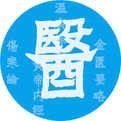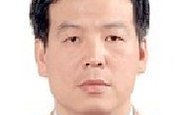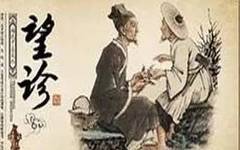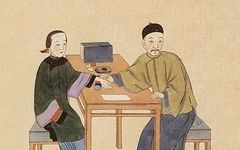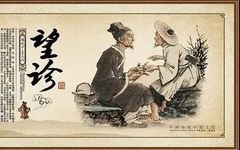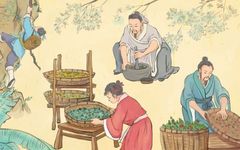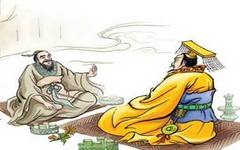Differentiating Abnormal Respiratory Sounds through Auscultation
【Introduction】Auscultation in TCM includes listening to various sounds from the patient, such as breathing, speech, coughing, heart sounds, vomiting, hiccups, belching, sighing, sneezing, yawning, and bowel sounds. Clinically, a stethoscope can also be used to examine lung respiratory sounds. ﹀ ﹀ ﹀ Abnormal Alveolar Sounds Alveolar breath sounds are generally described as a “soft breeze” … Read more

